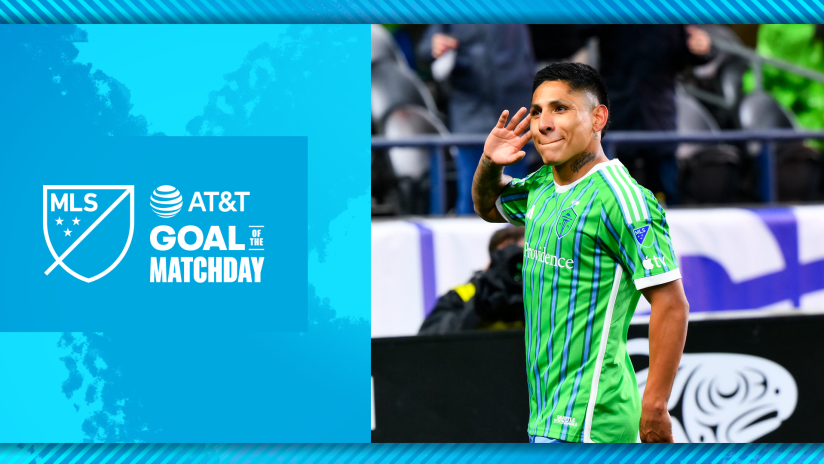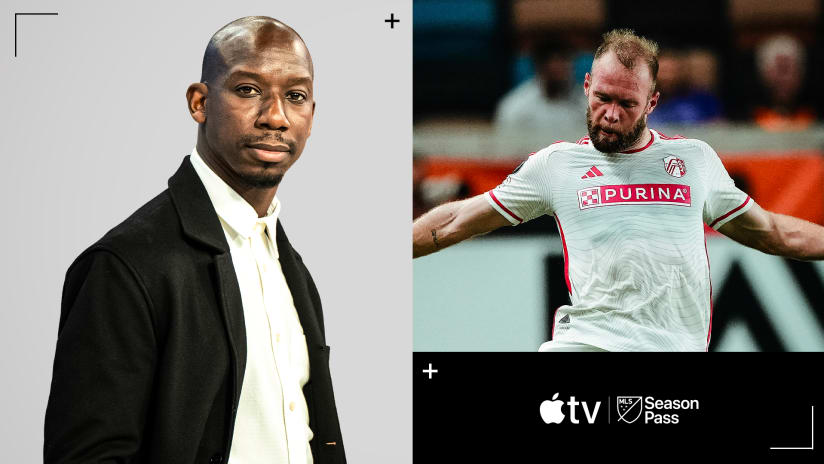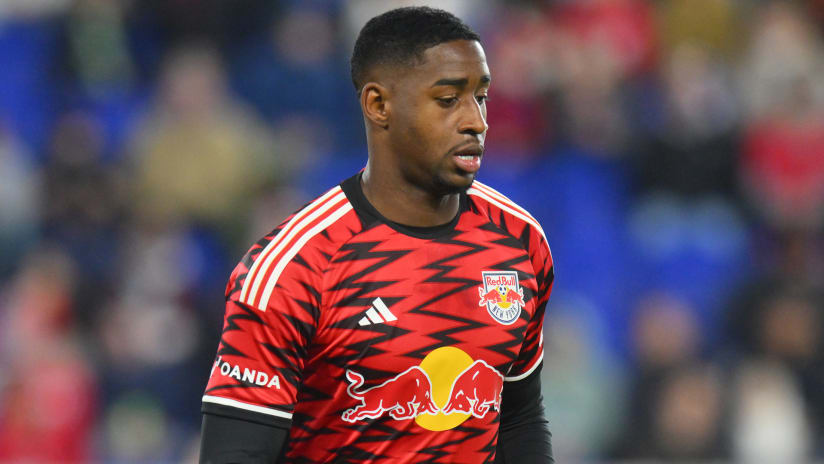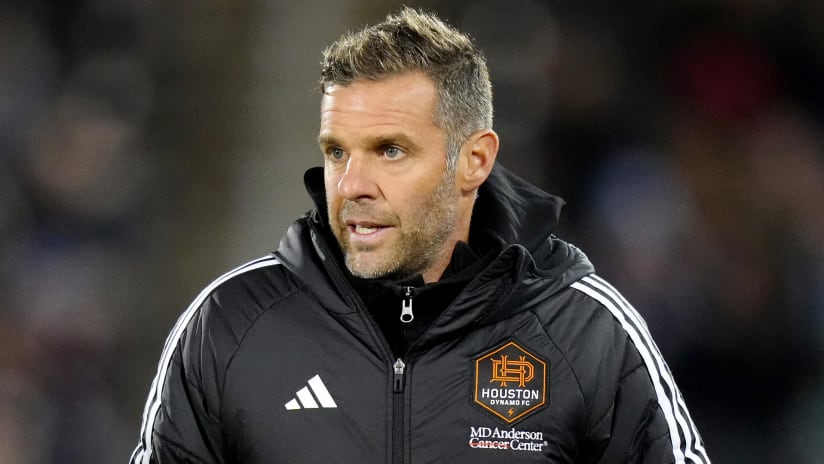Sanna Nyassi’s pair of goals Tuesday night will fill up the headlines around Seattle’s successful US Open Cup title defense. And rightfully so – to a point.
But if you want to dig a little deeper into the nitty-gritty of Seattle’s big 2-1 win, the story from a tactical standpoint revolves around two central midfielders who were willing and able to push themselves aggressively into more offensive positions.
And all respect to Fredy Montero, Steve Zakuani and Blaise Nkfuo, but Osvaldo Alonso and Nathan Sturgis could hold the key to Seattle’s hopes for a deep playoff run.
Against the Crew, midfield linchpin Alonso, playing in his third consecutive Open Cup final, having starred three years ago for the Charleston Battery, drove Seattle forward from the center of the park with distribution that was decisive, snappy and precise. So did Sturgis, whose alert aggressiveness on the attack played critical roles in both goals.
It’s not exactly fair to criticize Columbus’ central pair, Brian Carroll and Kevin Burns. Both players are what they are, buttoned up ball winners and safe passers. And playing on the road, it was more important for them to manage the game, especially early, to ensure that their side remained in the match past the break and into more telling minutes. In that regard, it was “mission accomplished.”
But at some point, Columbus needed more verve, more speed and more push from the center of the park to match the thrust of Sturgis and Alonso.
Columbus had a good plan, one designed to be effective on the road. At a neutral site or at a more snug home environment, Crew manager Robert Warzycha would certainly have added more aggression to the plan. But at the fortress that is Qwest Field, on the less familiar artificial surface, Warzycha devised a way forward that was more “sniper” than “machine-gunner.” The Crew hoped to pick their spots.
Rather than play his 4-4-2 more conventionally, the Crew asked striker Steven Lenhart to drop into the midfield when Seattle had possession. That effectively converted Columbus into a 4-5-1 when the home team had the ball.
On the attack, rather than have Lenhart in his usual high positions, Columbus asked Schelotto to act as the target man—and Schelotto was as shrewd about it as you’d expect the veteran to be. Rather than hold the ball and be drawn into physical matches he was sure to lose, he timed the separation from Seattle center backs and knocked balls off quickly. Whereas Seattle target man Nkufo might have absorbed the ball on the other end, Schelotto reckoned that one-touch balls directed to the wings was the way to go.
It worked a few times, such as the moment one of his sublime touches found Frankie Hejduk along the right, leading to the Crew’s first-half goal. So, the conservative ways of Burns and Carroll didn’t present a problem over the first 30 minutes.
But Seattle were always bound to get chances. Flankers Zakuani and Nyassi were pushing aggressively into interior spots, working in behind Nkufo, who was effectively dragging one of Columbus’ center backs away from goal. And once the Sounders did connect for the equalizer, the imbalance in the center of the park became more pronounced, significantly tilting the field in the home team’s direction.
Almost every time the Crew could find Schelotto in the final third he made something happen. But the inability to find him often enough made it an easier night for Seattle center backs Patrick Ianni and Jeff Parke, and for captain Kasey Keller, too.
So the problem with Columbus’ plan after 30 minutes was this: Neither Carroll nor Burns could win enough balls or do enough with the little battles they did win to feed Schelotto in those danger areas. Both players are more comfortable passing laterally or linking with short passes, but much less comfortable with distribution that requires imagination or something more direct. And pushing into those advanced areas just isn’t something either player seemed capable of doing.
Contrast that to Alonso, who linked far more quickly with one of four dangerous Seattle attackers, Zakuani, Nyassi, Nkufo or Montero, who operated as a withdrawn forward and located spaces all around the final third.
But it was Sturgis’ desire and ability to get forward and apply additional pressure on the Crew back line that helped create both goals.
We can certainly talk about Andy Gruenebaum’s choice to come 15 yards out of goal to punch Tyson Wahl’s first-half cross, a decision that proved fatal. When he didn’t punch cleanly, Sturgis was perfectly positioned to intercept at the top of the D.
When Sturgis pushed the ball back into the penalty area, Crew center back Chad Marshall was caught ball watching and fellow central defender Andy Iro was out of position. So there was no one goal-side of Nyassi when he turned to shoot—and this arrangement was assisted tremendously by Sturgis’s aggressive mindset in the final third.
Sturgis’ contribution on the game-winner was less obvious but no less important. If you watch the entire sequence, Sturgis is involved in the build-up along the right side. He declines to retreat safely after he feeds James Riley near the touchline, choosing instead to hurry forward, joining Nyassi and Montero in a spot ahead of Riley.
With that bold movement he created a one-vs.-three, leaving young Columbus fullback Shaun Francis struggling to sort it out. That opened time and space for Montero to pick up his head and spot Zakuani at the far post with a cross that turned into Nyassi’s title-clinching goal.
Alonso and Sturgis have the makings of being one of the top central pairings in MLS. In Kansas City on Saturday, many observers will point to Seattle’s Montero, Nkufo, Zakuani and Nyassi, and the Wizards’ Kei Kamara, Ryan Smith and Davy Arnaud to settle the match. But the game will be won in the middle.














